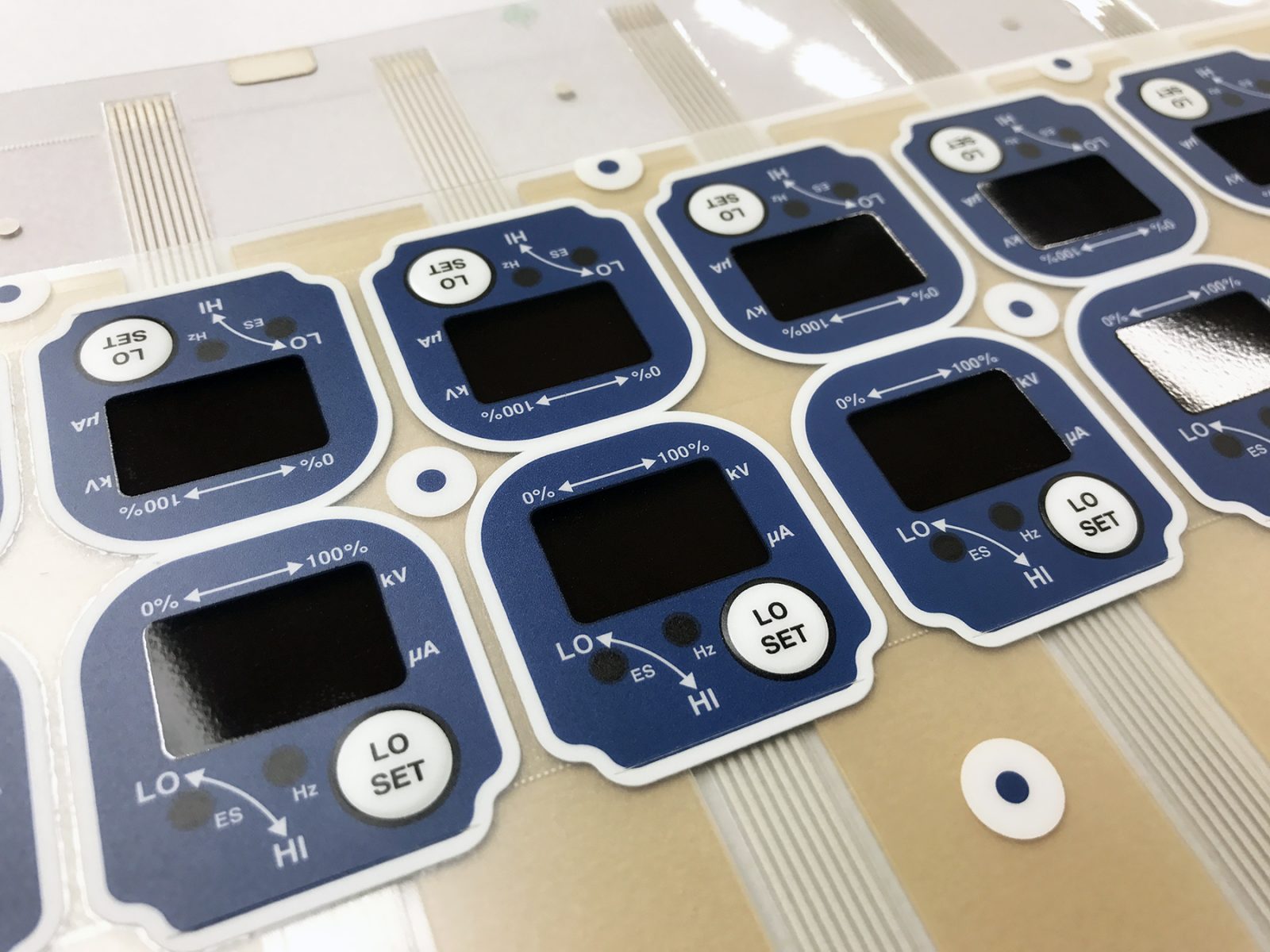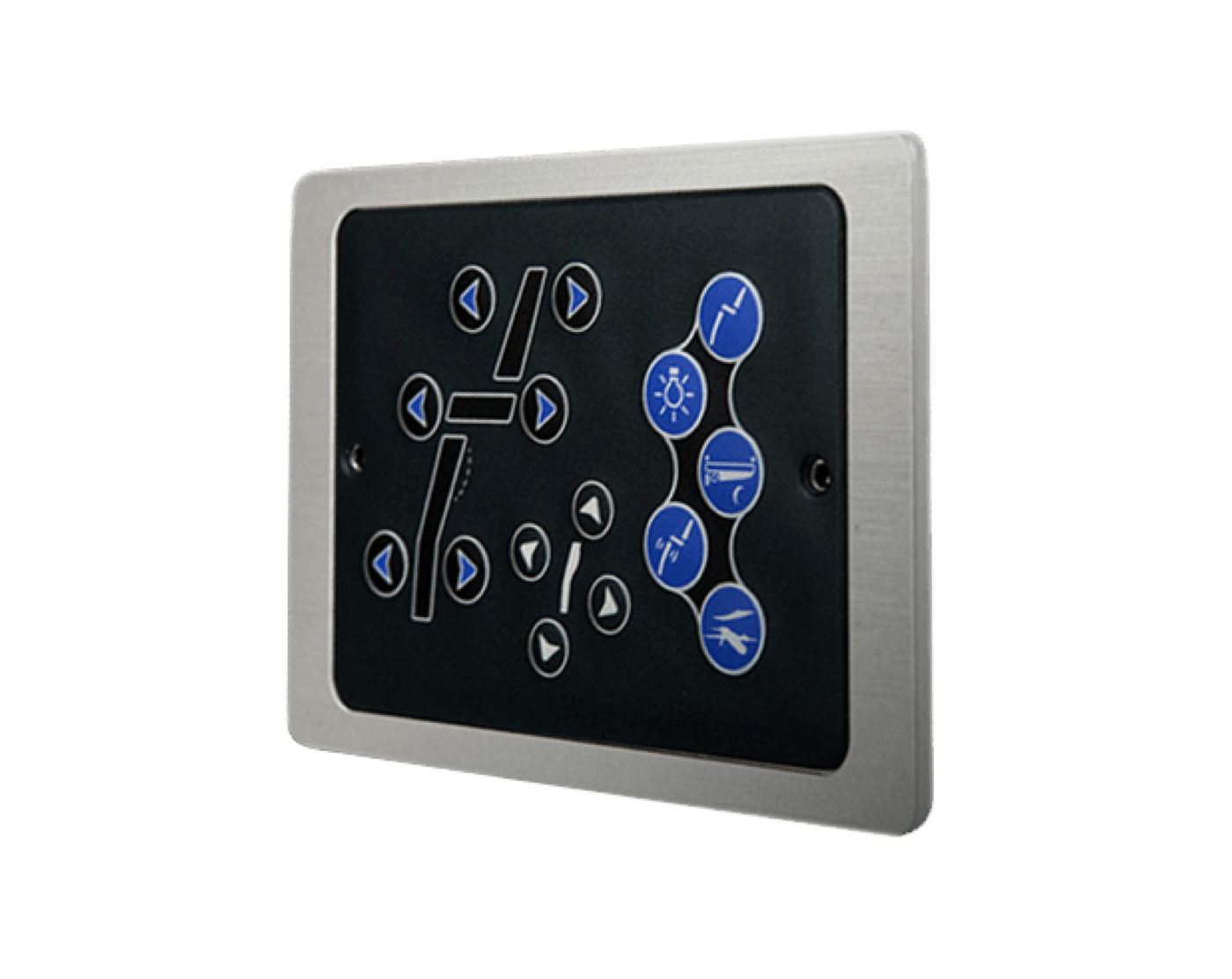Membrane Layer Switch Innovation: The Secret to Trustworthy and Cost-efficient User Interfaces
Membrane switch modern technology has become an essential element in the style of interface, providing both dependability and cost-effectiveness across a diverse range of applications. Its robust building makes sure resistance to environmental obstacles, while the adaptability in design permits for tailored services that fulfill certain sector requirements. As we explore the complex advantages of membrane layer switches, their potential for technology increases inquiries regarding future applications and evolving trends. What does the next phase hold for this technology in an increasingly electronic landscape?
Understanding Membrane Layer Switch Over Innovation
Membrane layer button innovation is a commonly utilized interface option in different electronic devices, offering a smooth blend of performance and design. This technology includes several layers of materials, usually consisting of a graphic overlay, spacer layer, and a circuit layer. The graphic overlay presents the interface components, while the spacer layer divides the circuit layer from the overlay till a customer triggers a button.
When stress is used to the overlay, the circuit layer completes the electrical circuit, sending out a signal to the gadget. This system enables for different configurations, including tactile comments and backlighting alternatives, improving individual interaction. Membrane buttons are typically made making use of durable products such as polyester or polycarbonate, making certain long life and resistance to environmental factors like wetness and dust.
The versatility of membrane switches allows their application in varied sectors, including medical tools, consumer electronics, and commercial controls. Their portable layout allows for assimilation right into space-constrained atmospheres, offering an effective interface without jeopardizing visual allure. Understanding the details of membrane layer button innovation is crucial for suppliers and designers seeking to produce reliable and effective human-machine interfaces.
Key Advantages of Membrane Buttons
While various interface remedies exist, membrane layer switches deal unique advantages that make them a favored choice in various applications. Among the key benefits is their longevity; membrane buttons are made to hold up against extreme ecological problems, including wetness, dust, and temperature variations, guaranteeing durable performance. This durability considerably lowers the need for constant substitutes, thus reducing general upkeep expenses.

Furthermore, membrane buttons are light-weight and compact, making them appropriate for applications where room is restricted. Their low-profile layout adds to a sleek appearance without endangering capability.
Cost-effectiveness is likewise a significant benefit, as the production process for membrane layer switches has a tendency to be more economical contrasted to conventional mechanical switches. This affordability, combined with their reliability and ease of installation, positions membrane switches as a practical option for a vast array of industries looking for efficient and effective user interfaces.
Applications Across Various Industries
How do membrane layer buttons adapt to the varied needs of various sectors? Membrane layer switch modern technology is significantly identified for its flexibility, making it appropriate for a variety of applications throughout several industries. In the medical field, membrane layer switches are used in analysis devices and patient tracking devices, where their sturdiness and ease of cleansing are important for maintaining hygiene requirements. The vehicle industry uses these switches in control panels and control panels, supplying a structured visual while making sure straightforward procedure.
In consumer electronic devices, membrane layer switches give a compact service for remotes and home devices, enhancing customer experience through user-friendly design. Furthermore, the commercial field leverages membrane layer buttons for machinery control board, gaining from their resistance to rough settings, such as moisture and dust.
Armed forces and aerospace applications also utilize membrane buttons for their reliability and capability to withstand extreme conditions, making certain operational efficiency in important situations. In addition, the food and beverage market embraces these buttons for automated systems, where sanitation and simplicity of procedure are paramount. Eventually, membrane layer switches are tailored to satisfy the special demands of each sector, proving their vital duty in modern-day innovation interfaces
Style and Customization Alternatives

In the realm of membrane switch check out this site innovation, layout and modification choices play an essential role in enhancing performance and user communication. These switches can be tailored to meet specific operational requirements and aesthetic choices, making them flexible parts in different applications.
One of the primary customization alternatives is the design of the button itself, which can be developed to accommodate one-of-a-kind interface and ergonomic considerations. By adjusting the form, size, and arrangement of switches, makers can develop user-friendly layouts that facilitate ease of use. Furthermore, the incorporation of various colors and visuals overlays allows for branding and enhanced presence, ensuring investigate this site that individuals can quickly recognize functions.
Moreover, membrane layer buttons can be crafted with various responsive responses devices, such as increased buttons or audible clicks, to improve the user experience. Different products can additionally be selected for sturdiness and ecological resistance, addressing aspects such as moisture, temperature fluctuations, and chemical direct exposure.
Eventually, the substantial layout and customization choices available in membrane layer switch innovation empower businesses to produce customized options that not just meet functional needs but also line up with their branding and operational requirements.

Future Patterns in Membrane Layer Switches
As membrane button technology remains to advance, future patterns are progressively concentrated on improving user experience and integrating sophisticated capabilities. One considerable fad is the assimilation of touch-sensitive and capacitive modern technologies right into typical membrane switches. This advancement enables more instinctive interface, supplying responsive feedback while maintaining a sleek style.
An additional emerging pattern is the use of eco-friendly materials, driven by the expanding need for sustainable production practices. Manufacturers are looking for to reduce their carbon footprint by utilizing recyclable substrates and low-impact inks, straightening with international sustainability objectives.
Additionally, the rise of the Web of Points (IoT) is prompting the unification of wise functions into membrane switches. Boosted connectivity alternatives will certainly allow tools to connect with each other, enabling for seamless combination into wider systems.
In addition, innovations in printing innovations, such as digital printing, are allowing for better style versatility and personalization. This enables producers to generate elaborate designs and lively shades cost-effectively.

Verdict
In conclusion, membrane switch innovation stands for an important development in user interface layout, using substantial advantages in click this link toughness, customization, and cost-effectiveness. As improvements proceed to arise, especially in touch-sensitive user interfaces and sustainable products, the possibility for membrane switches over to improve user experience and functionality remains promising.